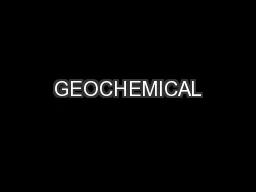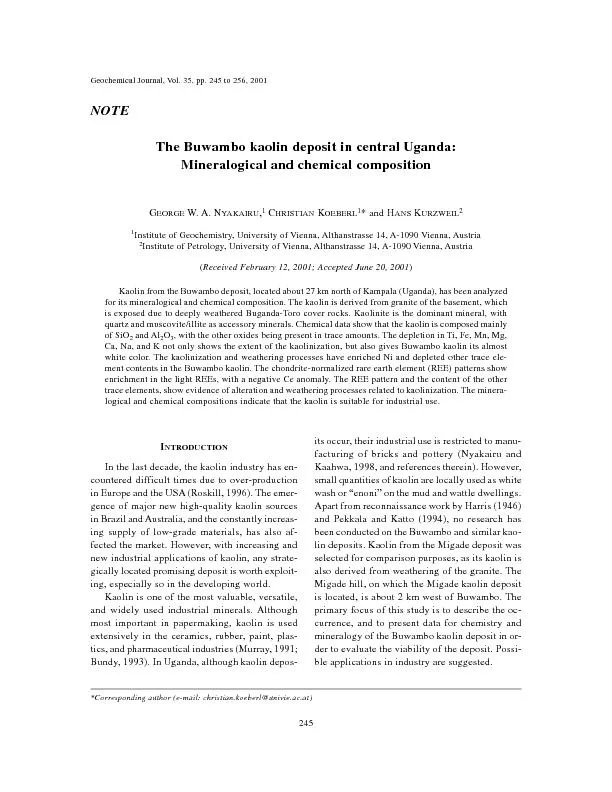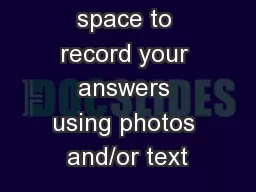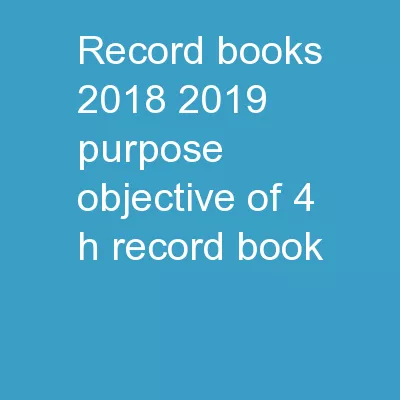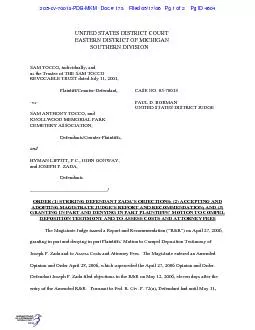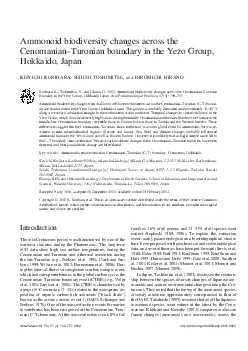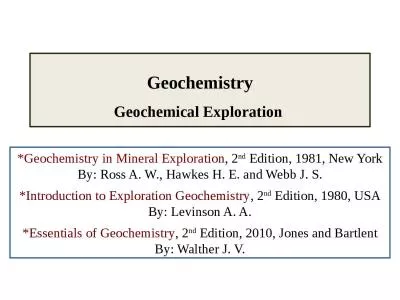PPT-Geochemical and Chronostratigraphic Record of Cenomanian-Tu
Author : min-jolicoeur | Published Date : 2017-04-24
Masters Saturday December 2016 Michael Nieto Goal and Objectives Goal to collect 20 bentonite ash beds from 3 subsurface cores in Atascosa County and analyze them
Presentation Embed Code
Download Presentation
Download Presentation The PPT/PDF document "Geochemical and Chronostratigraphic Reco..." is the property of its rightful owner. Permission is granted to download and print the materials on this website for personal, non-commercial use only, and to display it on your personal computer provided you do not modify the materials and that you retain all copyright notices contained in the materials. By downloading content from our website, you accept the terms of this agreement.
Geochemical and Chronostratigraphic Record of Cenomanian-Tu: Transcript
Download Rules Of Document
"Geochemical and Chronostratigraphic Record of Cenomanian-Tu"The content belongs to its owner. You may download and print it for personal use, without modification, and keep all copyright notices. By downloading, you agree to these terms.
Related Documents


